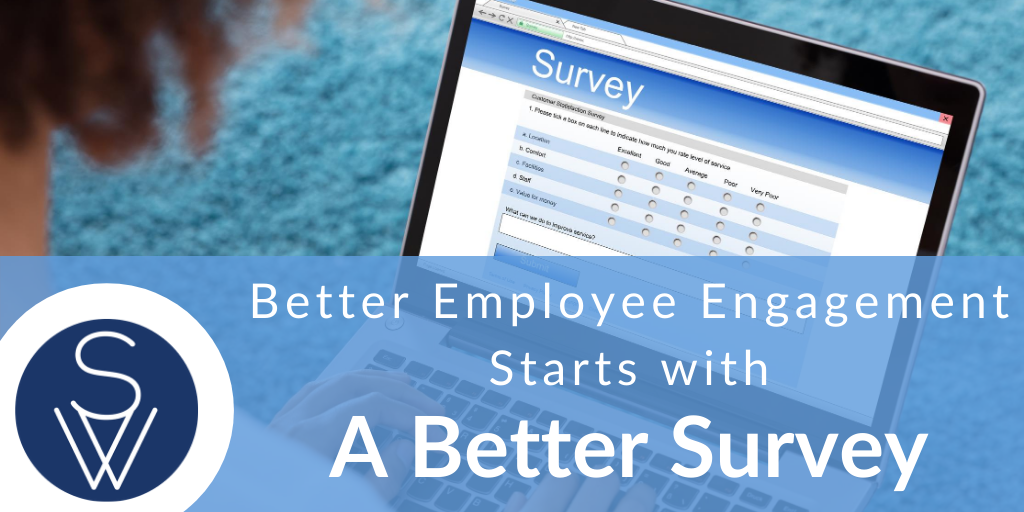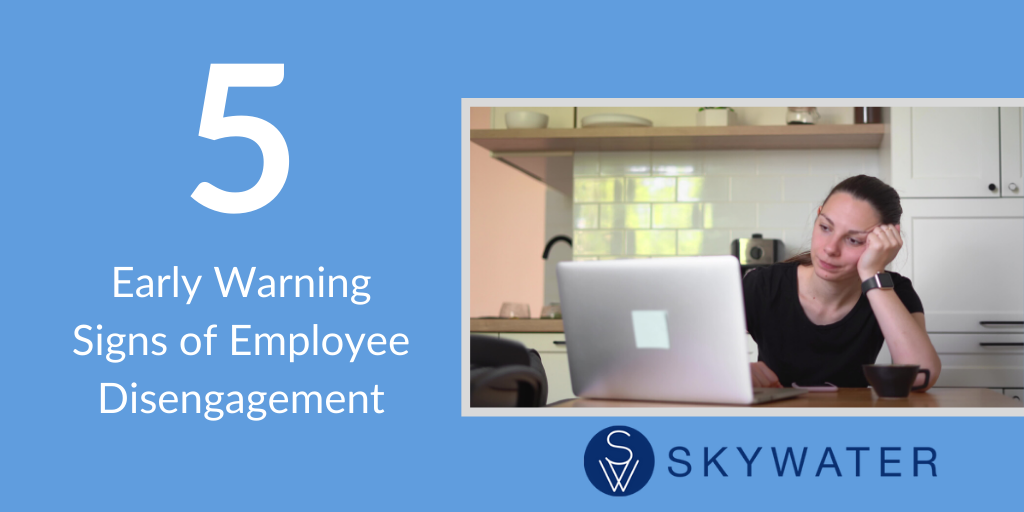Over the past several years, the concept of “Employee Engagement” – and the practice of using surveys to measure it – has attracted a lot of attention among managers and the HR leadership who support them. It’s also generated a great deal of confusion. What is employee engagement? Isn’t it just a new name for employee satisfaction? We keep surveying them but nothing ever changes… why bother?
Better Employee Engagement Starts with a Better Survey
You could be missing out on receiving exceptional applicants.
We see this often: You've posted an open position at your organization, but you feel as if you haven't been attracting the right candidates to apply. Maybe you've posted the position on sites that don't get the right kind of traffic. Maybe you're having trouble attracting traffic to your own company career page. Have you taken a second look at the job description itself?
5 Early Warning Signs of Employee Disengagement
In my last blog post, I talked about employee engagement and how some of the most successful organizations have been able to boost employee engagement, even during uncertain times of change. Your organization may be experiencing a healthy level of employee engagement, but you also may have a few bright stars who have begun to become disengaged. If that is the case, how do you recognize the signs, and what can be done?
Even when we do notice an employee beginning to disengage, we’re often tempted to bury our heads in the sand, hoping it’s just a bumpy phase that will smooth itself out.
A recent survey conducted by Gallup on employee engagement across the country shows that even as Americans' wellbeing has dropped to a 12-year low in the past month amid the coronavirus outbreak, the engagement of the working population has hit a new high. Despite new working conditions such as work from home or sparse office layouts designed to promote social distancing and slow the spread of the virus, companies are making it work. This begs the question: how is your employee engagement holding up? And if you're feeling like your business may be experiencing a rise in employee disengagement, what can you implement to turn this around?
Preparing Your Business for a Mid-Pandemic Return
Tips and Tales From Our Own Experience with Managing During Coronavirus
Whether you felt ready or not, here you go: you’re now the leader of a 100% remote team.
Even under normal circumstances, going totally remote is very different than managing a department in a shared workspace – even if you’re used to supervising occasional or part-time telecommuters.
Working from Home Under Quarantine, New Twists on 7 Telecommuting Tips
Whether you’re an experienced telecommuter, or this is the first time you’ve ever set up a virtual work station, the truth is: nobody has worked from home like this before.
Over the past few weeks, we’ve been tapping into our favorite resources, gathering up some of the best tips we can find on how to survive – and thrive – during quarantine-forced telecommuting. We’ve found a lot of solid advice out there from very seasoned, highly successful professionals who have been doing this for years. These are people who know all the tricks for staying productive, engaged, and happy as full-time telecommuters.
How Transparency Earns Employee Trust
Think HR is obsolete? Maybe you’re just not doing it right.
3 Ways Performance Ratings Destroy Employee Experience
And Why Eliminating Them Might Be Even Worse
A few years ago, a number of large, highly respected employers, including Cargill, Microsoft, and The Gap made headlines when they decided to do away with their annual employee performance reviews and ratings. Since then, a growing number of organizations have followed suit.
















